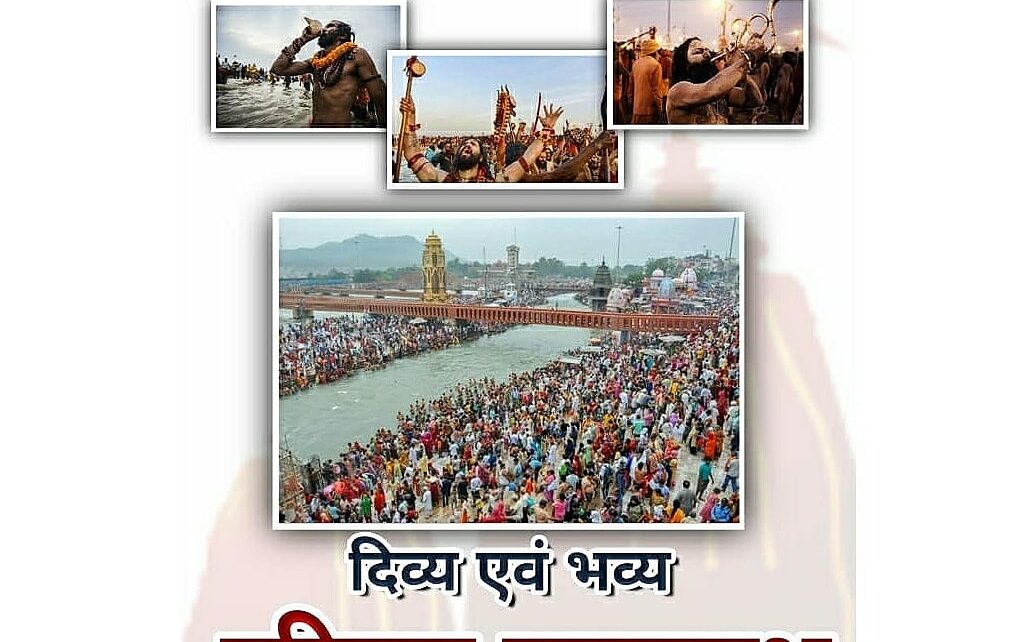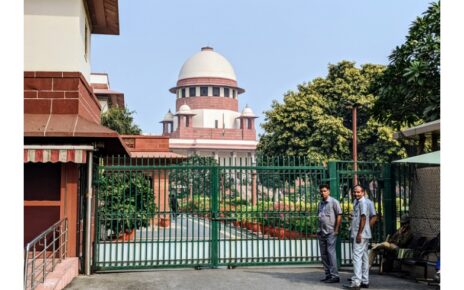India hosts the grandest and largest religious festival- Kumbh Mela 2021, where people from different walks of life gather to take a holy dip in the river.
Kumbh Mela takes place once every 12 years and takes place on the banks of the Godavari river in Nashik, Shipra river in Ujjain, Ganges in Haridwar, and confluence of the Ganges, Yamuna, and the mythical Saraswati river in Prayag. The confluence is referred to as the ‘Sangam‘. This time the pilgrimage festival will begin from January 14 and continue till April 27 in Haridwar.
‘Kumbh’ essentially means pot or pitcher, and ‘mela’ means a fair. Kumbh Mela, therefore, means the celebration of the pot, specifically relating to the pot of nectar as per Hindu mythology.
Due to the Covid-19 pandemic, Kumbh Mela 2021 will not be the same as before. The ghats will be divided into colour-coded zones including red, blue, green, and yellow.
Bathing ghats at Haridwar include Har Ki Pauri, Asthi Pravath Ghat, Subhash Ghat, Gau Ghat, Sapth Sarover Kshetra Ghat, Sarvanand Ghat, Pantdweep Ghat, Kangra Ghat, Roode Bale Wala Ghat, Ganesh Ghat, Varagi Camp Ghat, Sati Ghat, Daksheshwar Ghat, Singh Dwar Ghat and Sita Ghat.
Kumbh Mela rituals
Taking a holy dip/bath is the most important of all rituals. The Hindus believe that immersing themselves in the sacred waters — on the auspicious day of the new moon — will absolve them of their sins, and end the cycle of birth and death. As such, pilgrims start lining up from as early as 3 am to bathe on the day.
Dates for Kumbh Mela 2021 Shahi Snan:
-January 14: Makar Sankranti
-February 11: Mauni Amavasya
-February 16: Basant Panchami
-February 27: Maghi Poornima
-March 11: Maha Shivratri (first shahi snan — royal bath)
-April 12: Somwati Amavasya (second shahi snan)
-April 14: Baisakhi (third shahi snan)
-April 27: Chaitra Purnima (fourth shahi snan)




